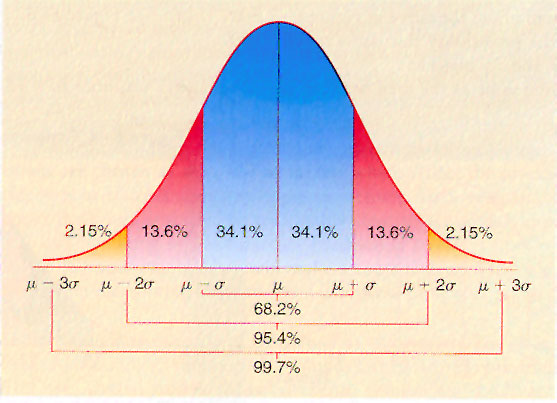A New Way of Looking at Recruiting
The Current System's Problem
Way back when, Rivals developed a method of ranking recruits. They used between 1 and 5 stars - or more realistically, 2 through 5 stars - and that was ok. Then other recruiting services came along and used the same model. And now it's just the expected model. But that doesn't mean it's the right system.
Many fan bases look at recruiting rankings, and if they are high in them they trust the source; if they are low: not so much. In my mind, this is an inherent problem from the recruiting ranking system. Players cannot so simply be placed in an area between two and five stars. The sites often fail at displaying why a recruit is say a low 4-star rather than a high 3-star. In my mind, they don't effectively breakdown and explain: what's a recruits ceiling; what's a recruits floor; what is the recruit really good at; what does the recruit need to work on, and what type of system the recruit fits best in.
What I Want to do
I want to do these types of things, and I want to be more clear than having applicable variance of only 4 stars. So I'm developing a new "star" system, if you want to call it that. It's based around the fact that a bell curve should be formed, with a 10 being the absolute highest, and a 1 being the absolute lowest. But simply giving how I predict a recruit will turn out isn't sufficient.
For instance, many recruits have great athletic ability but need to add a ton of weight. In that case, they may have a high ceiling, or perhaps because they have to gain such a significant amount of weight, they'll lose what makes them special or never find a true position. This is the definition of a low ceiling, high floor athlete.
On the other hand, a recruit may have great technique already, but limited athletic ability. This may help explain a high floor, low ceiling athlete.
My goal is to define a mu +/- two-sigma range for these players: mu being my best prediction for the athlete, and the two-sigma a prediction of a players range, or floor and ceiling, with 95% certainty. Obviously, there will be some outliers. Some guys come in and are just complete busts; others do things you never expected them to. By no means is my analysis perfect, but I hope by giving this type of breakdown, readers will have a better sense of the recruits potential.
I also want to go into the strengths and weakness of the recruits in a bit more depth. Some fans are touchy when it comes to discussing weaknesses of recruits that are likely to go to their school, but understand, these are high school kids that are far from polished products. I think weaknesses should be expected, and taken as areas that the recruit should improve on.
Lastly, I want to discuss the type of system the recruit fits best in and how he would fit in different systems. This should help the readers understand how the recruit would fit into their team (as far as position, what the coaches would want to do with him, etc.) and which systems are best for said recruit.
Conclusions
In my next post I'll attempt to explain what a value means in the grand scheme of things and how it relates to the system that readers are most typically accustomed to. Hopefully this theory makes sense and is helpful to people. You will see it applied shortly to some recruits.





Comments
Post a Comment